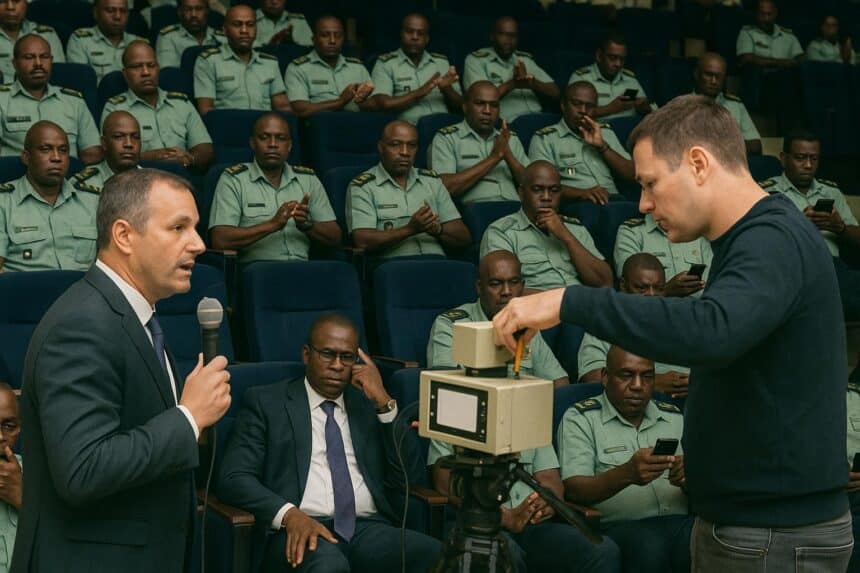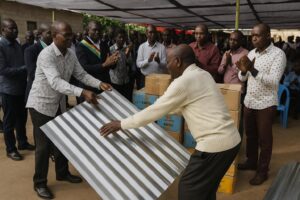Two-Day Workshop in Brazzaville
From 24 to 25 September 2025, the DGTT courtyard in downtown Brazzaville swapped its usual traffic for rows of uniforms and tripods. Police officers, gendarmes and transport officials gathered for an intensive workshop on the country’s newest weapon against speeding: mobile radars.
The session was launched by Atali Mopaya, Director-General of Land Transport, with senior representatives of the National Police, the Gendarmerie and La Congolaise des Frets looking on. Their brief was clear—equip frontline forces with practical skills before the first flash units hit the asphalt.
German Technology Arrives
Training duties fell to specialists from Jenoptik, a German firm renowned for service-tech solutions. They presented compact devices able to measure vehicle speed in both directions and capture high-resolution images day or night, features described by Mopaya as “indispensable in the fight against accidents”.
Two radar units have already been acquired through La Congolaise des Frets, part of the Karity Group. Deployment will begin on strategic corridors in Brazzaville and Pointe-Noire. Mopaya stressed that the purchase launches a wider modernisation drive, with further equipment to follow as budgets allow.
Skills for the Field
Over two days, participants alternated between theory and tarmac. Classroom modules explained calibration, legal thresholds and evidence handling, while roadside drills let officers track live vehicles and interpret readings. The aim, organisers said, was to ensure that every citation issued rests on solid technical ground.
DGTT facilitators highlighted the importance of consistency. A single mis-recorded speed could invalidate an entire operation, so officers were urged to double-check date stamps, GPS coordinates and battery levels before locking evidence. “Mastery first, enforcement second,” one trainer reminded the group repeatedly.
Voices from the Front Line
Captain Jean-Bernard Sandé, commander of the Territorial Road Traffic Unit, welcomed the initiative. He believes the new tools will help “bring to order all offenders, especially chronic speeders. Controlling velocity reduces infractions and the risk of crashes,” he told colleagues during a break.
Rank-and-file officers shared similar views. Some recalled scenes of fatal collisions on the RN1 and hoped real-time enforcement would act as a deterrent. Others appreciated the chance to handle cutting-edge gear. “It motivates us when the administration invests in modern tools,” one constable confided.
Building a Culture of Caution
Mopaya views the workshop as the first brick in a larger structure. Once the initial radars prove their worth, the DGTT plans further sessions outside the capital and new awareness campaigns for drivers. Public support, he argued, will be key to lasting change.
He also called on other ministries and municipalities to align budgets with road-safety goals, insisting that technology must be matched by well-marked lanes, visible signage and prompt emergency response. “It is a process,” he repeated, “and every actor has a role in safeguarding our roads.”
By mixing advanced equipment, trained personnel and clear political backing, Congo-Brazzaville hopes to set a steady course toward safer highways, lower casualty figures and a stronger compliance culture that benefits commuters, businesses and tourists alike.





















